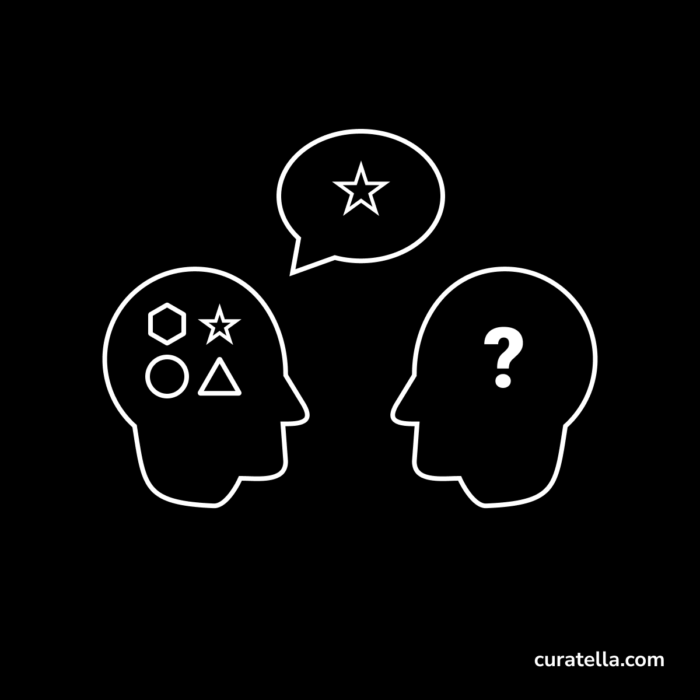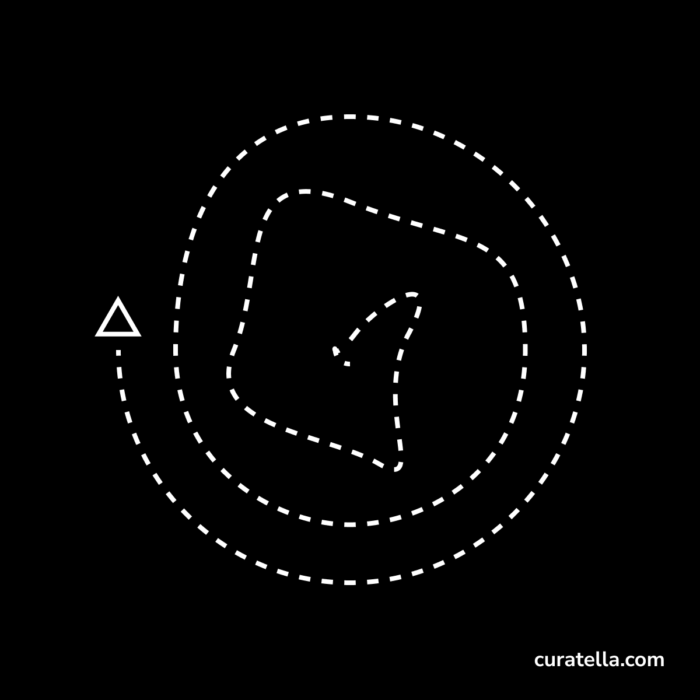In this post no. 344 I am publishing my notes on Software Presentation.
Presenting a piece of software is a [[presentation]] so anything applicable to the art and craft of presenting can be applied to software as well.
[[Presentation]] is a [[communication]] activity so the basics are to be found in this wider field.
What are the most important things to do and to know to create and deliver an effective and efficient software presentation?
1. Define who your audience is
2. Define your audience’s background and their goal. What’s the most important thing they need to get from your presentation?
3. Define the delivery context: where, when and how is your presentation going to be delivered?
4. Define the presenters: is it you or a group of presenters? What’s their relationship? How are they sharing tasks and responsibilities?
5. How much time do you have available for the presentation? Is there going to be a Q&A session?
6. What media are suitable, accepted, required, requested for the presentation?
7. What’s the presentation outline?
8. What’s your final goal you want to achieve with this presentation?
The software to be presented
1. What’s the nature of the software to be presented?
2. What’s the design and development level?
3. If there are data-based features to demonstrate, what’s the nature of the data? What’s the data model? Is there a database involved? What about the data: is it fake, real or custom made for this presentation?
Real data vs fake data.
1. If the data is real, do you have permission to show it outside the scope of the inner workings of the software?
2. Is there any sensitive information included in the data?
3. What’s the best data configuration to support the storytelling in the presentation?
4. Do you have a local backup of the data in case the live server is not working?
Simulating a user flow vs doing it for real in the software.
1. Do you have a clearly defined set of stories to show?
2. Are you using real or test users?
3. Can you show a prototype, a mockup or a simulation instead of the real software? What are the implications of choosing a development version versus a live one?
4. Is it required to give access to the software for the attendees? Is there a dedicated and set-up environment for this controlled audience? Is there a developer following the operations and able to intervene in case of urgent needs?
Covering for features not yet implemented.
1. Can you show a mocked up user story instead of a prototype?
2. Do you have clearly identified the prerequisites, the running context, and the outcome of the stories related to the feature you are presenting?
3. Are you ready to collect feedback by accurately recording all suggestions and critiques?
4. Do you need to show multiple versions to pick one? How have you organized the sequence and the comparison? Do you need to give handouts or material illustrating complex scenarios or minute details?

